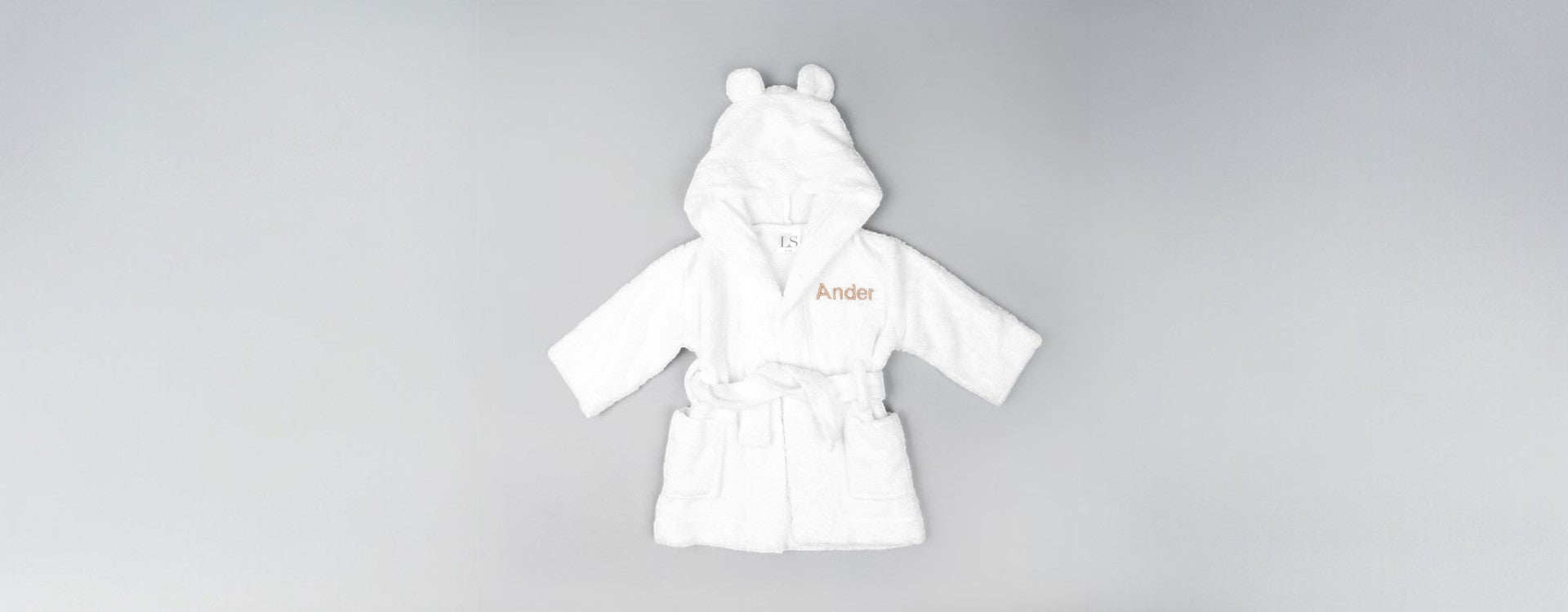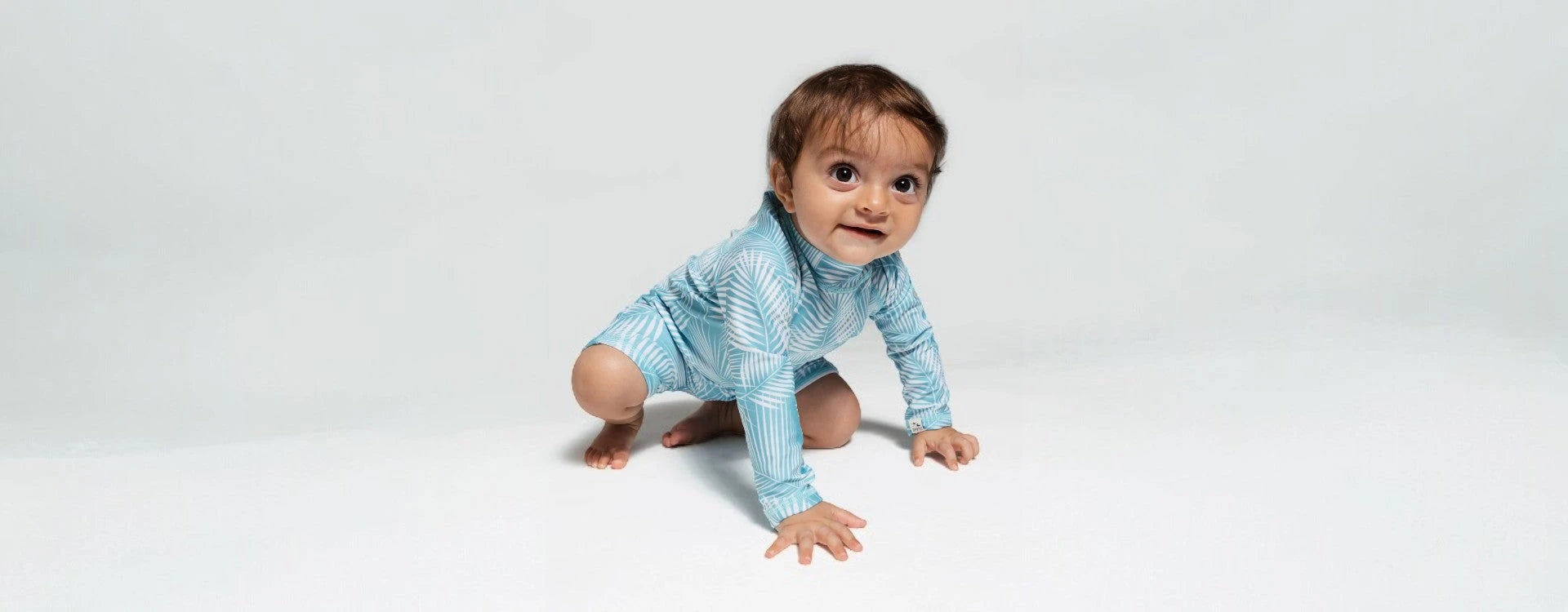Chinese New Year Traditions for Children
Chinese New Year (CNY), also known as the Spring Festival, is a vibrant and culturally rich celebration that holds a special place in the hearts of families around the world. For children, this festive season is a time of excitement, wonder, and the opportunity to participate in age-old traditions that connect them to their heritage. In this blog post, we'll explore some cherished Chinese New Year traditions and how they create lasting memories for children.
Lion and Dragon Dances:
The lively and colourful lion dances are a highlight of Chinese New Year celebrations. For children, watching these intricate performances is a mesmerising experience. Many communities involve children in the festivities by allowing them to participate in smaller, kid-friendly versions of the dances, donning vibrant costumes and parading through the streets. This tradition not only entertains but also instils a sense of cultural pride. Singapore is awash with Lion Dances around the Chinese New Year period. You’ll be sure to stumble across one just in your everyday life.
Red Envelopes (Hongbao):
The tradition of giving and receiving red envelopes, or "hongbao," is a joyous part of Chinese New Year. Children eagerly await the moment when elders, parents, and relatives gift them these red packets containing money for good luck. The act of receiving hongbao teaches children about generosity, gratitude, and the importance of blessings for the upcoming year. You can pick up red packets from most stores and even from your bank or school.
Traditional Chinese Clothing:
Dressing in traditional Chinese clothing, such as the elegant qipao, also known as cheongsam for girls or the classic hanfu for boys, is a customary practice during Chinese New Year. Children enjoy the opportunity to showcase these beautiful outfits, fostering a connection to their cultural roots and creating a sense of pride in their heritage.
Family Reunion Dinners:
The Chinese New Year's Eve reunion dinner is a significant event for families. Children actively participate in the preparation of traditional dishes, learning about the cultural significance of each food item. The communal nature of the feast reinforces family bonds and imparts the importance of togetherness during this auspicious time.
Decorating the Home:
Children take delight in adorning their homes with vibrant decorations symbolising good luck and prosperity. Fully immerse yourself in the fun with decorations and the joy that brings.
Learning Cultural Stories:
Chinese New Year is an excellent time to share traditional stories and legends with children. Tales of the Nian monster, the Zodiac animals, and the importance of the Lunar New Year in Chinese folklore captivate young minds. Through storytelling, children gain insight into their cultural heritage, fostering a deeper appreciation for their roots.
Making and Sharing Traditional Treats:
Inviting children in the preparation of traditional Chinese New Year treats, such as pineapple tarts or nian gao (New Year cake), is a hands-on way to teach them all about their culture. These sweet treats symbolise unity and prosperity, and the act of making and sharing them reinforces the values of family and community. It’s also fun and yummy!
Chinese New Year traditions for children go beyond the festivities; they are a tapestry woven with cultural pride, family bonds, and the passing down of cherished customs. As the Lunar New Year approaches, let's embrace these traditions, creating moments that not only bring joy to our children but also instil in them a profound connection to their Chinese heritage. May the celebrations be filled with laughter, love, and the promise of a prosperous year ahead. Gong Xi Fa Cai!


















































